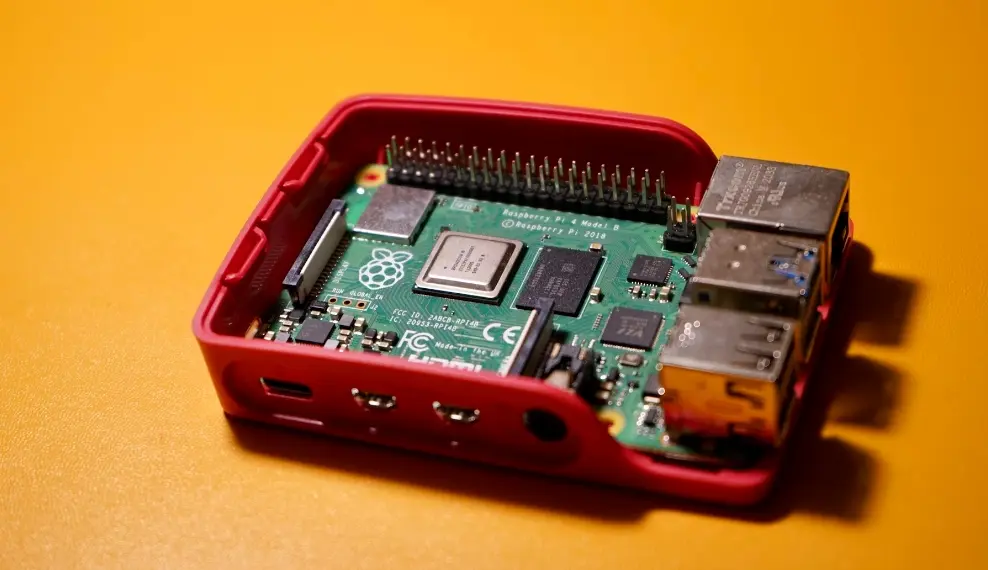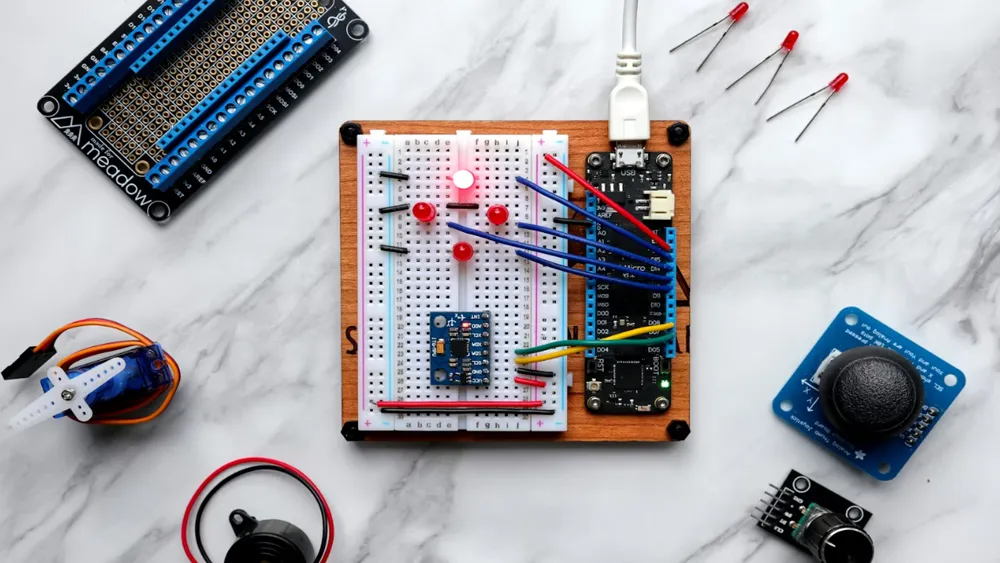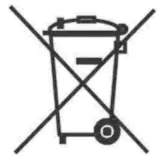
FCC Recognized Accredited Testing Laboratory
What is A2LA AccREDitation?
A2LA, or the American Association for Laboratory Accreditation, is one of the accreditation bodies designated by the Federal Communications Commission (FCC). It holds significant authority, particULarly in the testing of wireless communication equipment.
Significance of A2LA Accreditation
1. Laboratories accredited by A2LA are authorized to issue test reports for fcc sdocand fcc id Certification.
2. These reports can be submitted to Telecommunication Certification Bodies (TCBs)to apply for FCC ID certificates.
3. Only labs that hold A2LA accreditation and meet the corresponding standards can issue valid sdoc reports.
4. Test reports from A2LA-accredited labs are recognized internationally under MRA (Mutual Recognition Agreements).
What is FCC Certification?
The FCC (Federal Communications Commission)is a regulatory body in the United States that governs radio frequency devices under the Code of Federal Regulations (CFR).

There are two primary equipment authorization procedures under the FCC framework:
1. Certification
2. Supplier’s Declaration of Conformity (SDoC)
1. Certification
① The most stringent approval process, applicable to devices that intentionally emit radio frequency (RF) signals.
② Typically used for wireless products or transmitters.
③ Requires testing in an FCC-recognized accredited testing lab.
④ The responsible party (manufacturer or importer) submits technical documentation and test results to a TCB, which then issues the authorization.
2. Supplier’s Declaration of Conformity (SDoC)
① Used for devices that do not intentionally emit RF, such as digital electronics.
② The responsible party must ensure compliance with technical standards but does not need to apply through the FCC or TCB.
③ However, test reports and supporting evidence must be available upon request.
④ The responsible party must be a U.S.-registered entity.
⑤ Effective since November 2, 2018, this procedure replaces the previous Verificationand Declaration of Conformity (DoC).
Common Equipment and Applicable Authorization
Below is a categorized summary of which products require which authorization method:
1.Devices such as TV receivers, FM receivers, CB receivers, and digital devices:
May use either SDoCor Certification.
2.Devices like scanning receivers, radar detectors, and Access BPL systems:
Must undergo Certification.
3.General rule:
① Wireless transmitters→ Use Certification
② Digital electronics(non-transmitters) → Use SDoC
FCC Certification Database
To check whether a company has obtained FCC certification:
https://www.fcc.gov/oet/ea/fccid
Labeling Requirements
For Certification:
The product must display the FCC ID(FCC Identifier) on its label.
For SDoC:
The fcc logomay be used optionally (with consistent proportions).
A compliance statementmust be included on the product label.
fcc compliance Statement (Part 15):
> This device complies with part 15 of the FCC Rules. Operation is subject to the following two conditions:
> (1) This device may not cause harmful interference, and
> (2) This device must accept any interference received, including interference that may cause undesired operation.
User Manual Requirements
For Class A and Class B digital devices, user manuals must include the following regulatory warnings:
Statement for Class A Devices:
> NOTE: This equipment has been tested and found to comply with the limits for a Class A digital device, pursuant to part 15 of the FCC Rules. These limits are designed to provide reasonable protection against harmful interference when the equipment is operated in a commercial environment.
> This equipment generates, uses, and can radiate radio frequency energy. If not installed and used in accordance with the instruction manual, it may cause harmful interference to radio communications.
> Operation of this equipment in a residential area is likely to cause harmful interference, in which case the user will be required to correct the interference at their own expense.
Statement for Class B Devices:
> NOTE: This equipment has been tested and found to comply with the limits for a Class B digital device, pursuant to part 15 of the FCC Rules. These limits are designed to provide reasonable protection against harmful interference in a residential installation.
> This equipment generates, uses, and can radiate radio frequency energy. If not installed and used in accordance with the instructions, it may cause harmful interference to radio communications.
> There is no guarantee that interference will not occur in a particular installation. If interference does occur, the user is encouraged to try one or more of the following measures:
>
> Reorient or relocate the receiving antenna.
> Increase the separation between the equipment and receiver.
> Connect the equipment into an outlet on a different circuit.
> Consult the dealer or an experienced radio/TV technician for assistance.
Additional Notes
1. Certification testing must be performed by FCC-recognized accredited laboratories.
2. E-labeling(electronic labels) is acceptable for Certification-based products.
3. SDoC applicants must be legal entities registered in the United States.
4. Devices that qualify for SDoC may opt for Certification instead; however, devices that require Certification cannot use the SDoC pathway.
Email:hello@jjrlab.com
Write your message here and send it to us
 What is Amazon TIC and How Can Sellers Achieve Com
What is Amazon TIC and How Can Sellers Achieve Com
 2026 Battery UN38.3 Certification (Test Report) &a
2026 Battery UN38.3 Certification (Test Report) &a
 What is the IEC 62680 Standard? Compliance Interpr
What is the IEC 62680 Standard? Compliance Interpr
 Amazon Japan December Compliance Requirements
Amazon Japan December Compliance Requirements
 How to Check a CPSC-Accepted Laboratory?
How to Check a CPSC-Accepted Laboratory?
 WEEE Registration for Waste Electrical &Electr
WEEE Registration for Waste Electrical &Electr
 MSDS Chemical Safety Testing
MSDS Chemical Safety Testing
 What Are the Differences Between UK REACH and EU R
What Are the Differences Between UK REACH and EU R
Leave us a message
24-hour online customer service at any time to respond, so that you worry!




